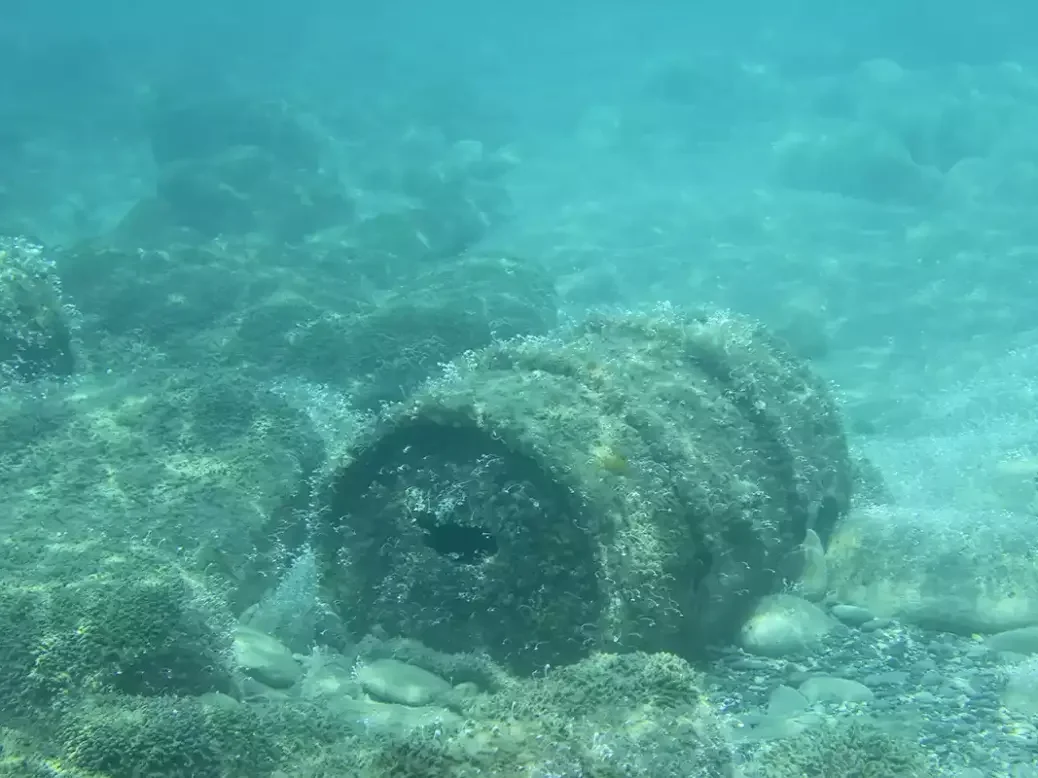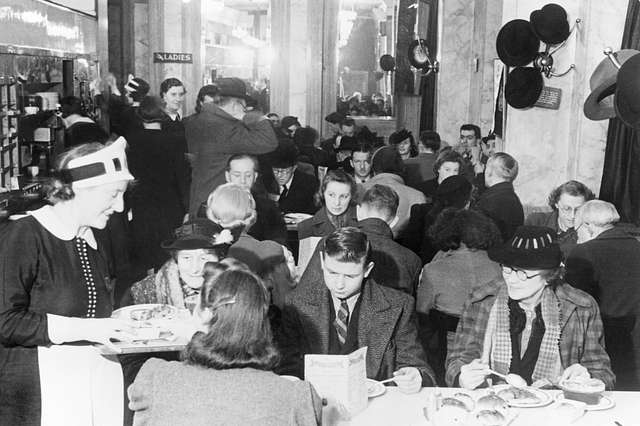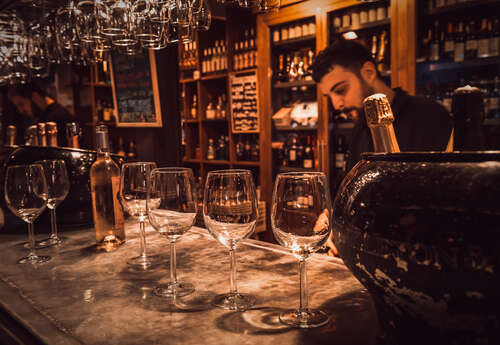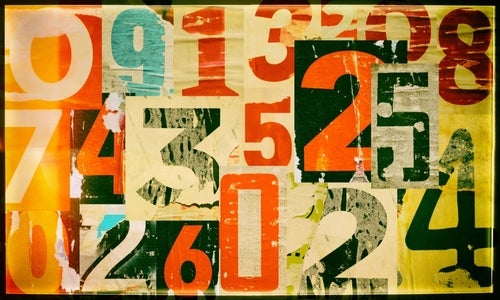
Shipwreck wines discovered after a long sojourn beneath the sea have inspired a trend in underwater aging, says Stuart Walton.
The recent discovery by a group of Polish divers of a sunken trading vessel in the Baltic, evidently freighted with dozens of intact bottles of Champagne, consigned to the brackish murk in about 1850, has once more primed expectations. Looting of wrecks, especially in the accident-prone waters of the Baltic, has become a modern plague in recent years, but the team involved in this find, Baltictech, is a responsible organization. Its find has been notified to the Swedish marine authorities, and the hope is that a salvage operation will be conducted under license in 2025.
A similar cache of Champagne was discovered in a wreck among the islands of the Åland archipelago of Finland in 2010. Although many of the labels had been washed away, analysis of the corks produced a positive identification of some of the 145 bottles, about one-third of them being Veuve Clicquot. A six-figure sum was realized at auction in 2012 for just eleven of the bottles, but what anybody with any sense wants to know is whether the wine is still drinkable.
In 2023, samples of three of the bottles were analyzed in the biochemistry department at Reims University. Treated to what he described as a “droplet” of one of the Clicquot wines, administered by microsyringe, Professor Philippe Jeandet pronounced it “incredible,” adding “I have never tasted such a wine in my life.” Evaluative notes by other tasters record “animal” aromas, the “cheesy” reduction that is characteristic of ruined Champagne, but also, when the samples were allowed to come round with a little air contact, spice and smoke and leather, even truffle honey. As one would anticipate, there was no pouring mousse, but the memory of pétillance, like laughter heard in the distance, prickled over tasters’ tongues.
The result of the Åland tasting, perhaps inevitably, has been burgeoning investment in undersea cellaring. Might the mildly briny, evenly cool, sunlight-starved waters of the Baltic be the optimum environment for keeping wines? Some experimentation is also taking place in Atlantic waters off Brittany. Not only is the wine likely to mature in perfect ambient conditions, it is also theoretically safe from pilfering, since it is held at depths that are well beneath the range of human free diving. That said, there is surely at least one heist-movie plot in there.
Underwater aging and vins de fond Marin
Underwater maturation has potentially the same cachet of the round-the-world cruise to which all aged madeira was once subjected, before it was discovered that the torrid conditions could be just as effectively simulated by centrally heating the island’s production facilities. Those who claimed that the vinhos da roda had a certain weathered complexity to them, the full spectrum of which mere estufagem wines subtly lacked, are doubtless the antecedents of those who will claim, in the next generation, that only Champagne dredged from a Scandinavian archipelago has the precise balance, expressiveness, fine-grained mousse, and truffle-honeyed loveliness of which crayère-aged wines are in want. What will we call them? Vins de fond marin?
In 1997, divers rescued around 2000 bottles of Champagne from the wreck of a Swedish freighter, the Jönköping, sunk by a German U-boat when traversing the Baltic in 1916. The 1907 vintage Heidsieck Diamant Bleu, undoubtedly a little edgy and youthful when it was on its way to the Russian market in Finland, had turned, after 90 years, to intensely rich and mellow, toasty, with an appreciable lick of its then voguish sweetness remaining.
Although not among its signatories, the UK government applies the terms of the 2001 UNESCO treaty that protects underwater remains from commercial exploitation, a commitment that brooks no flexibility in the interest of non-scientific research. That accounts for the hand-wringing frustration with which a team of salvage experts was denied permission to investigate the wreck of the SS Libourne, a British merchant vessel returning from Bordeaux to Liverpool, sunk by another U-boat off Penzance in September 1918. Its hold is evidently loaded with red and white wines, Champagne, Bénédictine, and Cognac, all of which must stay where they have lain for over a century. Three men were killed when the Libourne was blown up, so the site is technically also a war grave.
As with every other aspect of human endeavor, these stories are envenomed as soon as money receives its due mention. Even an offer to donate an unspecified portion of the proceeds of the Libourne recovery to Cornwall’s volunteer lifeboat stations would not turn the heads of Historic England. Cultural interest may yield on its knees before the prospect of handsome profits everywhere else, but not on the ocean floor. “I’ve spoken to experts who sampled wines previously salvaged from wrecks and the flavor is amazing,” one of the Libourne divers observed. “It can sell for €25,000 a bottle.” And we had thought it was all about the wine.






